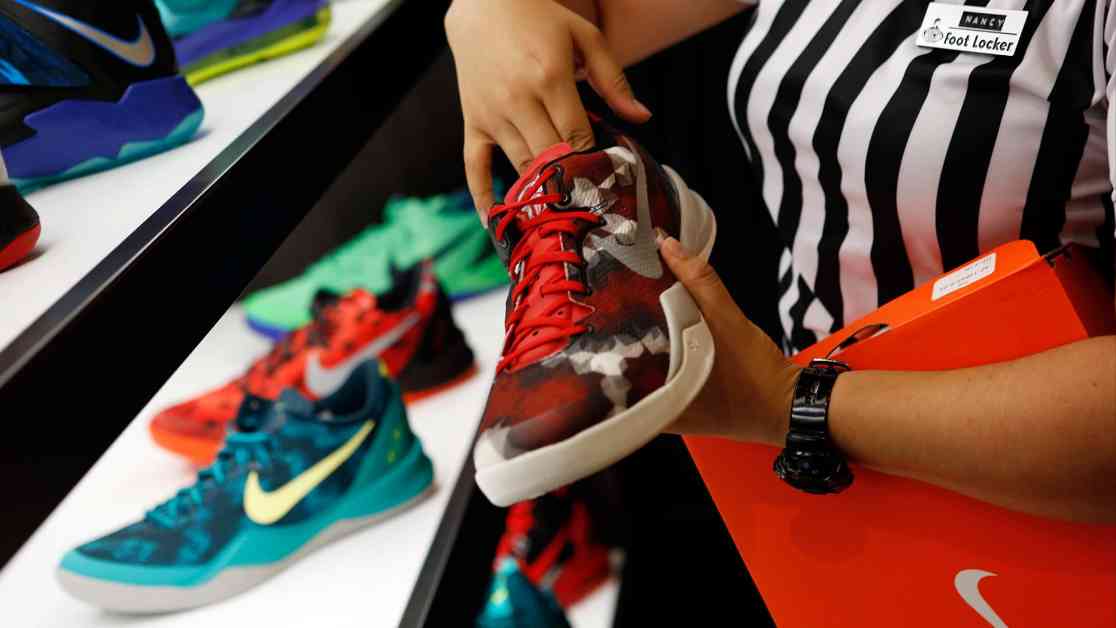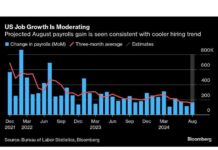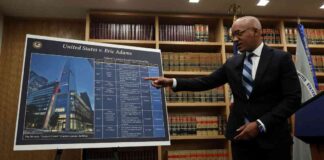Foot Locker, the iconic sneaker chain, has embarked on a comeback strategy following its split with Nike. Despite facing bankruptcy concerns earlier this year, the company is celebrating its 50th anniversary with a renewed sense of optimism and growth. CEO Mary Dillon is at the helm of Foot Locker’s turnaround plan, known as the Lace Up strategy, which aims to revitalize the brand and secure its position in the competitive sneaker market.
Facing Challenges and Making Strides
Foot Locker’s recent second-quarter results exceeded expectations, marking the first growth in comparable sales in six quarters. The company is revamping its store designs to showcase individual brands more prominently, winning back critical partners like Nike and Adidas. The focus on enhancing the customer experience and brand partnerships has been instrumental in Foot Locker’s recent success.
Dillon expressed confidence in the company’s future growth, emphasizing the importance of inclusivity, fun, and accessibility in the sneaker market. However, Foot Locker still faces challenges as the retail landscape evolves. With brands increasingly bypassing wholesalers and selling directly to consumers, Foot Locker must adapt to remain competitive in a changing industry.
A Legacy in the Making
Foot Locker’s journey traces back to its origins in the 1960s, when it emerged as a prominent mall retailer specializing in athletic footwear. Over the years, Foot Locker expanded its presence globally, becoming a key player in the athletic apparel market. The company’s strong partnership with Nike solidified its position as a leading destination for sneaker enthusiasts.
In the early 2000s, Foot Locker’s market share was significant, with Nike products accounting for a substantial portion of its sales. The retailer’s success was rooted in its strategic mall locations, extensive brand offerings, and strong customer loyalty. However, as consumer preferences shifted towards online shopping and brands focused on direct-to-consumer sales, Foot Locker faced new challenges in maintaining its market dominance.
Adapting to a Changing Landscape
The rise of e-commerce and shifting consumer behaviors posed a threat to Foot Locker’s traditional retail model. The company’s failure to invest adequately in online capabilities and update its store footprint left it vulnerable to competitors who were quick to capitalize on changing trends. As malls struggled and brands sought alternative distribution channels, Foot Locker found itself at a crossroads.
The decision by Nike to reduce its partnership with Foot Locker in favor of direct sales further compounded the retailer’s challenges. The shift in strategy forced Foot Locker to reevaluate its business model and explore new avenues for growth. Under Dillon’s leadership, the company embarked on a comprehensive turnaround plan to revitalize its brand and regain market share.
Foot Locker’s efforts to diversify its brand partnerships and enhance the customer experience have started to yield positive results. The company’s focus on online sales, loyalty programs, and store redesigns reflects a commitment to adapting to the evolving retail landscape. By embracing change and prioritizing innovation, Foot Locker aims to secure its future in an increasingly competitive market.
In conclusion, Foot Locker’s comeback strategy post-Nike split demonstrates the company’s resilience and determination to thrive in a challenging retail environment. With a renewed focus on brand partnerships, customer experience, and digital innovation, Foot Locker is poised to reclaim its position as a leading destination for sneaker enthusiasts. As the company looks ahead to the next 50 years, its ability to adapt and evolve will be crucial in shaping its success in a rapidly changing industry.






















